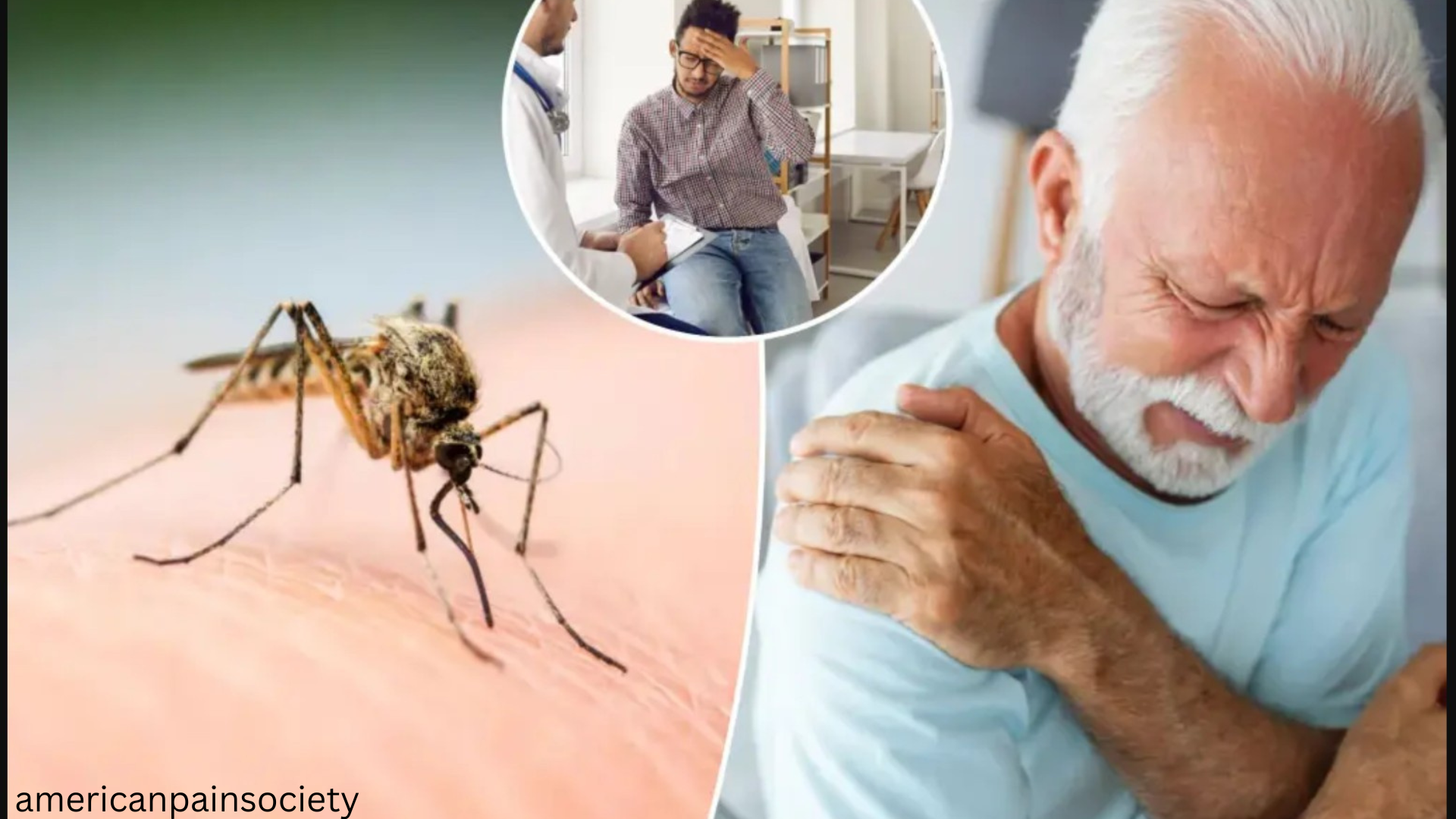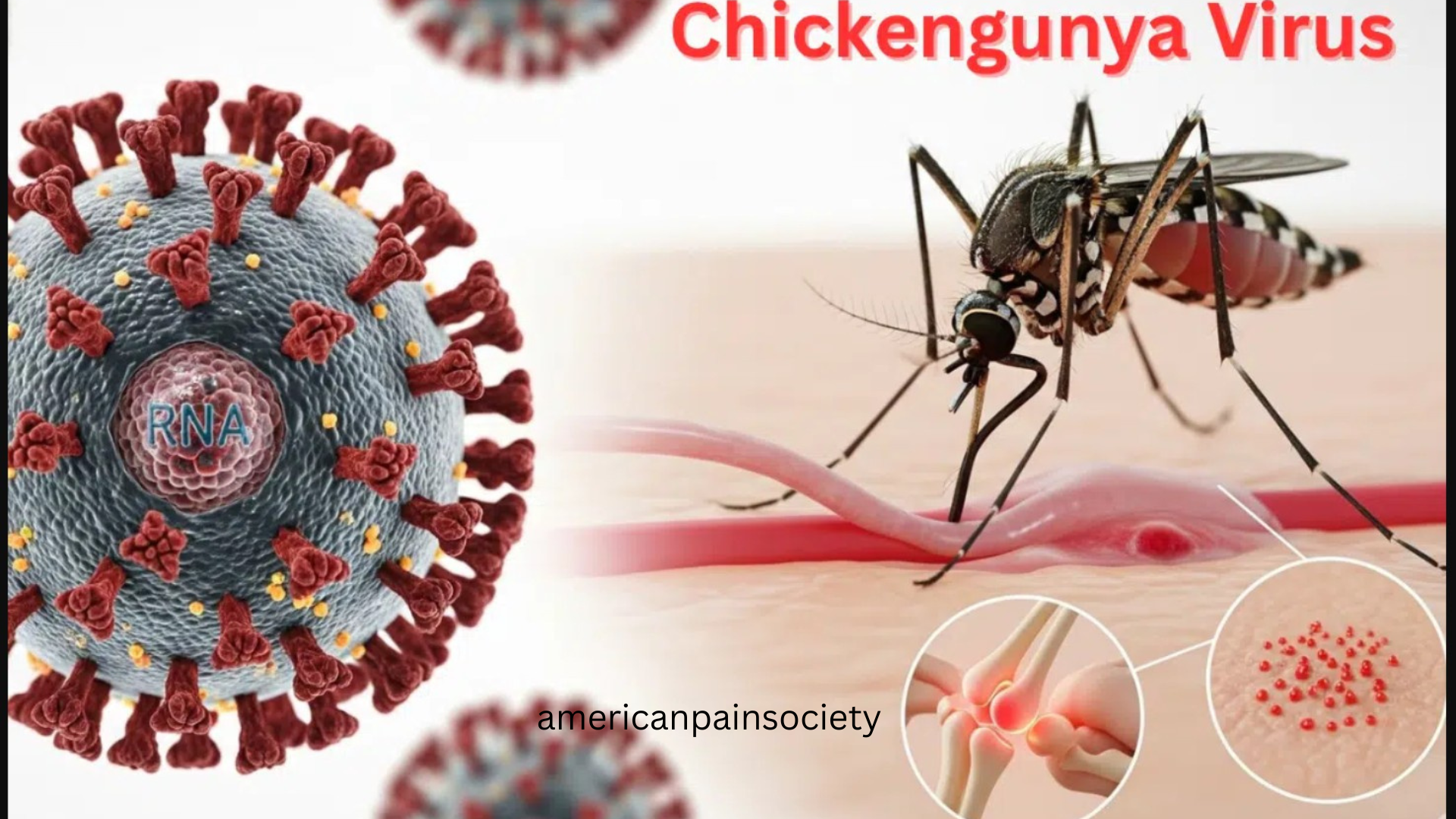Introduction
Chikungunya Virus: what it is, how it spreads, signs to watch, treatment, and all you want to know!
The Chikungunya virus (CHIKV) is a virus that spreads through mosquitoes and causes Chikungunya fever and joint pain. The diseases cause severe fever, headaches, joint pain, rashes, and fatigue all over the body. This virus is caused primarily by the Chikungunya mosquitoes, Aedes aegypti and Aedes albopictus. These mosquitoes bite during the daytime only and spread the illness.
Tropical and subtropical regions are highly prone to Chikungunya. In India, seasonal outbreaks are common. It is rarely life-threatening, but it gives joint pain that lasts for weeks or even months, which affects quality of life.
What Is the Chikungunya Virus?
The Chikungunya virus is an RNA virus from the genus Alphavirus in the Togaviridae family. The word “Chikungunya” comes from the Makonde language of Tanzania, which means “ to become contorted”; it refers to the bent body posture caused by severe joint ailments.
This virus was first identified in 1952 in Tanzania. The virus has since spread globally.
Mode of transmission of Chikungunya?
Being a mosquito-borne disease, Chikungunya is spread through the bite of infected female mosquitoes, especially:
- Aedes aegypti (commonly found in urban areas)
- Aedes albopictus (commonly found in rural and suburban areas)
These mosquitoes thrive in stagnant water bodies found in flower pots, water stored in containers, water tanks, coolers, and discarded tires. These mosquitoes bite during the daytime but peak at early morning to late afternoon.
*It is not a contagious disease, but the virus can be passed –
- from mother to the baby through delivery, rarely through transfusion of blood.
Chikungunya incubation period –
The Chikungunya virus typically takes 3 to 7 days after the mosquito bite. It might sometimes take 2 to 12 days for the virus to replicate in the body. After the mosquito bite till the onset of primary symptoms, the body undergoes:
- The virus multiplies silently in the body.
- The body shows no symptoms of the virus’s presence.
- Till the symptoms start, the person is not contagious.
- With the onset of symptoms, the body can infect new mosquitoes, and the virus can spread further.
It is essential to understand the incubation phase that aids early diagnosis, proper isolation, and prevents mosquitoes during the infection period.
Common symptoms of Chikungunya fever
The symptoms begin soon after the incubation period. The common symptom of the Chikungunya fever is the intense pain in joints, which can be so intense that it can lead the person to develop a stooped posture.
Common Symptoms:
- Severe fever (up to 104°F / 40°C)
- Muscle fatigue
- Body pain
- Severe joint pain (knees, wrists, fingers, ankles)
- Skin rash
- Headache
- Vomiting or nausea
- Inflammation in joints
Most of the patients take a week to two to get rid of the torments. In the case of an aged person, they may feel chronic arthritis like joint ailments that might take months to recover.

Chikungunya in India
The Chikungunya outbreak in India is witnessed during the monsoon season, when the mosquito growth rises due to stagnant water storage.
Some facts:
First ever reported case in India: 1963 in Kolkata
Chikungunya outbreaks: 2006 (worst in history), 2010, 2016
Delhi, Karnataka, Maharashtra, Tamil Nadu, Andhra Pradesh, and Gujarat are the most affected states.
Government takeover:
- Vector control of the mosquito population with proper surveillance
- No-cost diagnosis and treatment in public health facilities
- Awareness campaigns to control mosquitoes and encourage dry-day practices.
After all these measures, climate change, urbanization, and poor sanitation caused rapid contamination of the disease in numerous Indian cities.
How to diagnose Chikungunya?
The symptoms of Chikungunya are quite similar to those of dengue and Zika. So, it is better to get through lab tests to identify the Chikungunya virus in the body.
Due to symptom similarity with dengue and Zika, lab tests are essential to confirm Chikungunya.
Diagnostic tools:
- RT-PCR Test – it detects the virus in the first week of contamination
- IgM and IgG antibody tests – they help detect the response of the immune system to the viral RNA
- Blood tests – to analyse the dengue and study overall wellbeing.
How to treat Chikungunya?
To date, there is no specific antiviral treatment for the Chikungunya virus. There are over-the-counter medications to reduce the symptoms and aid recovery with time.
Preferred medications and treatments:
- Can consume paracetamol for fever
- Have acetaminophen for pain
- Drink lots of fluids and take rest
- Avoid aspirin and NSAIDs until dengue is ruled out (might cause bleeding issues)
- If the joint pain persists, you can take physical therapy sessions
- Can have anti-inflammatory medication for joint ailments (consult healthcare expert)
Healthy individuals may take a few days to recover. Aged and the person with a chronic illness might need hospital stays to recover from the fever and ailments.
Chikungunya vaccine:
There is no vaccine introduced yet for the chikungunya virus, so preventive measures and awareness can help deal with the disease.
How to prevent the Chikungunya mosquito?
As there is no vaccine for Chikungunya, it is better to prevent the disease from the root cause.
Personal preventive measures:
- Make sure to use bed nets and install screens in windows
- Use mosquito repellents with picaridin or DEET
- Avoid outdoor activities during peak mosquito times
- Wear full-length pants and long-sleeved clothes
Measures for household:
- Cover the water tanks
- Remove the still water weekly from buckets, flowerpots, or coolers
Measures for community:
- Participate in community clean-up and fogging drives
- Encourage mosquito control programs in the locality
Final Verdict –
Chikungunya virus is a threat to public health in several parts of the world. It causes high fever and intense joint pain, but it is not fatal, as it cures with time. The fatigue and joint ailments can cause discomfort and disability. There is no specific treatment or vaccine for the illness, so it is best to prevent mosquito bites and protect yourself from the illness.
If you reside or travel to an area infected with the Chikungunya virus, take proper preventive measures and avoid mosquito bites. Remember to stay more alert during the daylight hours when the Aedes mosquitoes are most active.

